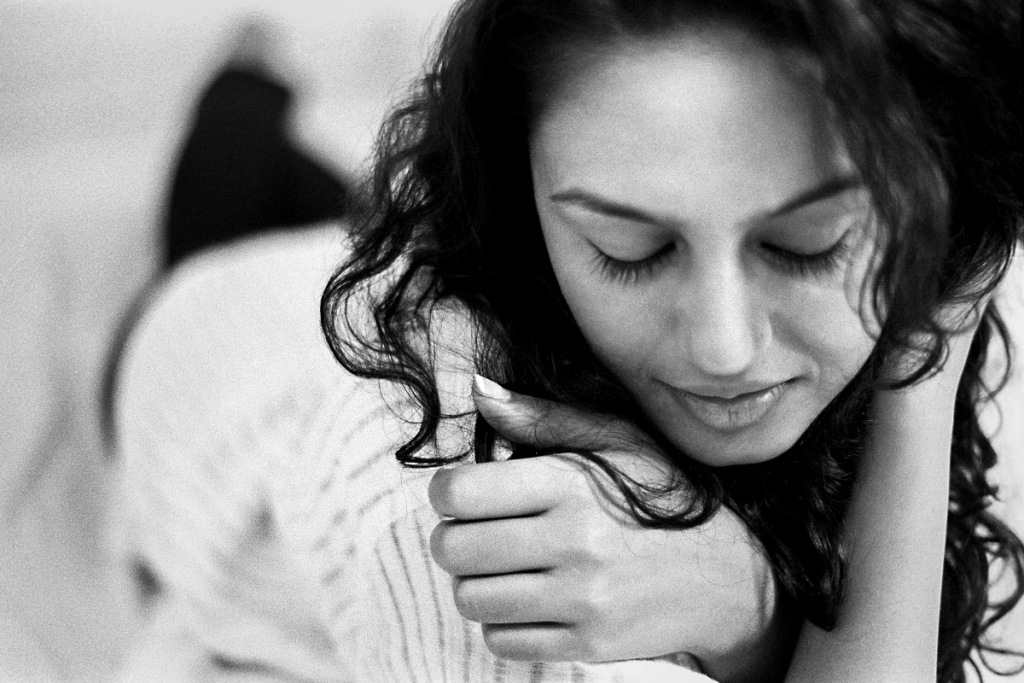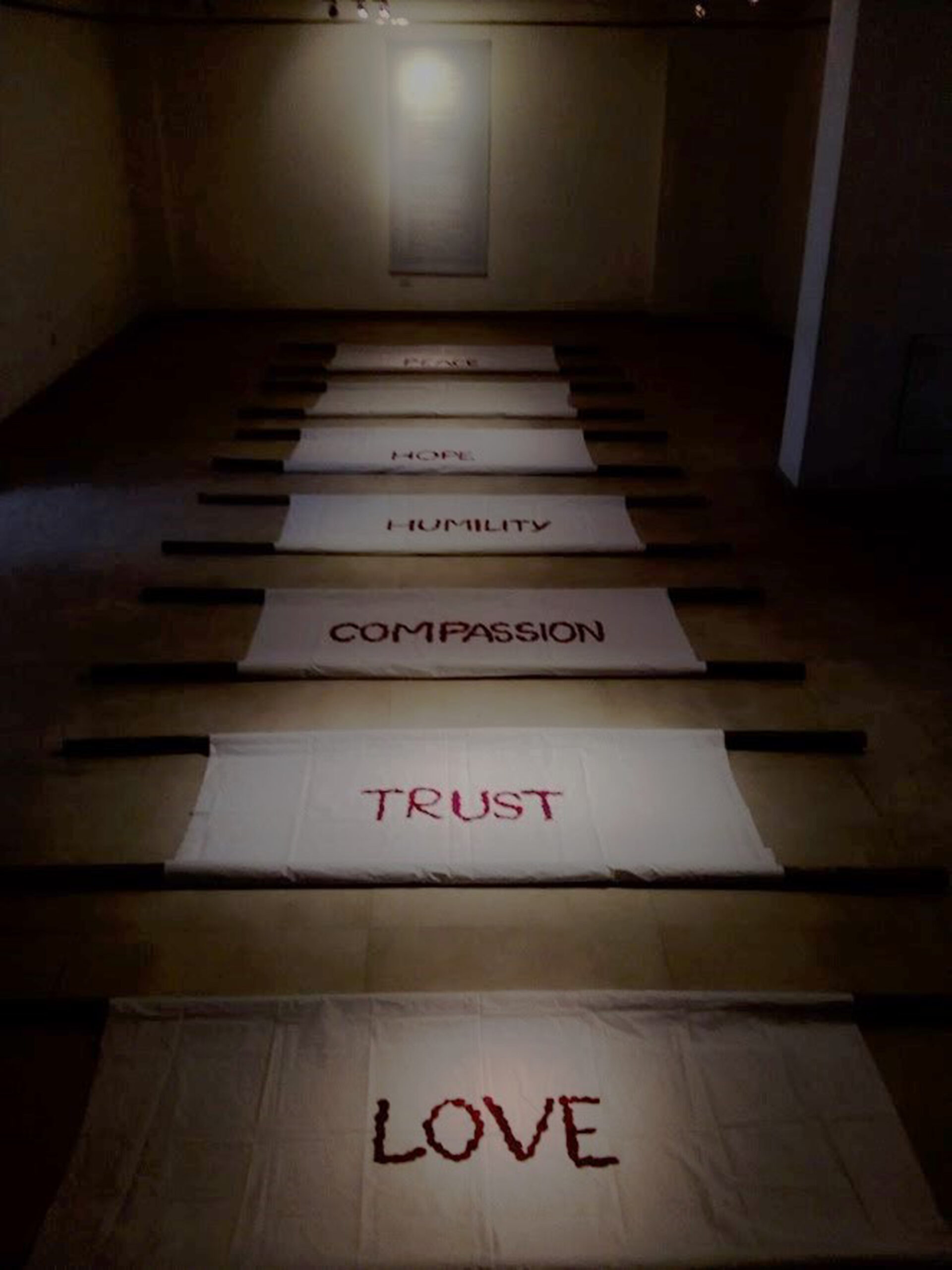As a representational genre, portraiture has a long and diverse history provoking intellectual debates across cultures and generations of artists, subjects, patrons, curators, critics, and viewers. It manifests in varied media as one of the most versatile forms to visually comment on the meaning of being human in a society. Portraits oscillate between mimesis and abstraction, allowing access to their subjects’ verisimilitude, self-representation, social identities, and dialog with the artist. Simultaneously, they encode visual conventions, contexts of display, and structures of reception. In addressing specificity and normativity, portraits evoke more than the names of singular historical individuals to tell textured stories of transient moments, emotions, interactions, exchanges, and negotiations in a particular space and time.
These seven portraits by Kolkata-based photographer Sanjeet Chowdhury depict individuals in their intimate spaces and informal moments. He refrains from making uncomplicated likeliness of these muchphotographed cultural figures, including film stars, directors, cinematographers, a musician, a writer, and an entrepreneur. On the contrary, Chowdhury foregrounds fleeting moments in conversations made possible by his years of friendships or recently developed collegiality with his subjects. Many of these individuals appear in ways that would be impossible without these interpersonal relationships. The camera’s access to specific sites is feasible because it was a part of dialogues between friends and colleagues and the mutual admiration they nurtured. Indeed, the mediation of the camera is made to appear incidental rather than meticulously curated; contingency drives these photographs. Self-absorption, pensive gaze, and animated expressions characterize them. Likewise, half-filled coffee cups, photo-frames in living spaces, cosmetics in front of a dressing mirror, foliage in an out-of-focus background, or door frames are as significant. Consequently, Chowdhury chooses to avoid any linguistic anchorage to name the individuals indicating how portraits exceed individuated names and how co-constitution of spaces and human emotions is central to his endeavor. Using natural light and normal and wide lenses, Chowdhury’s closeup and long shots make his human referents merge into their …
To read more, subscribe to our magazine.


